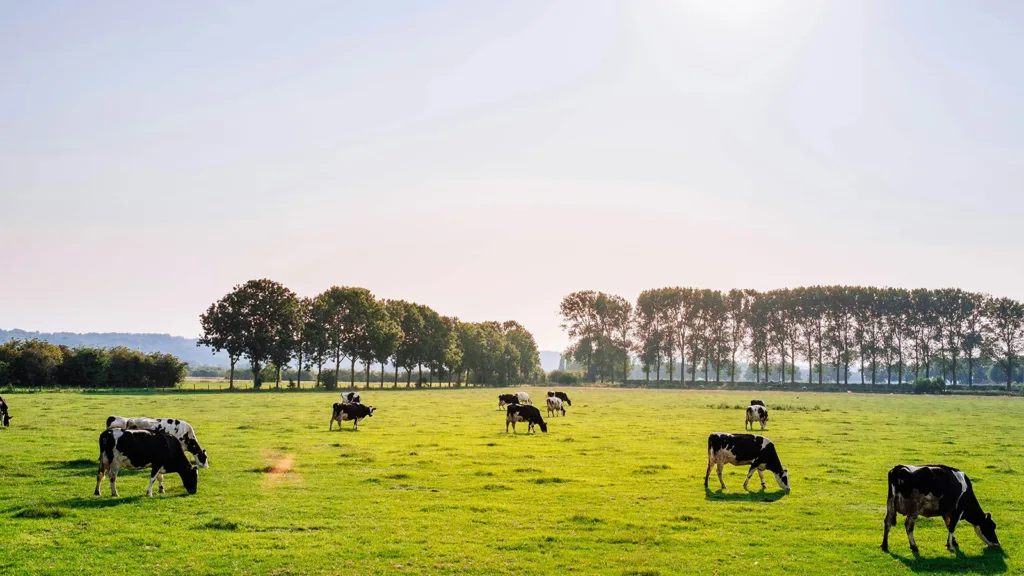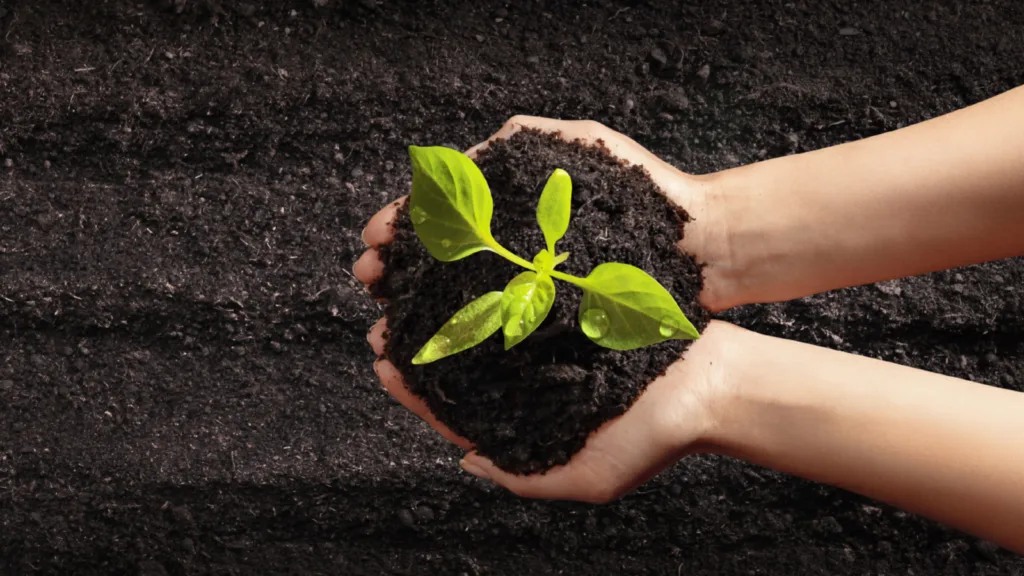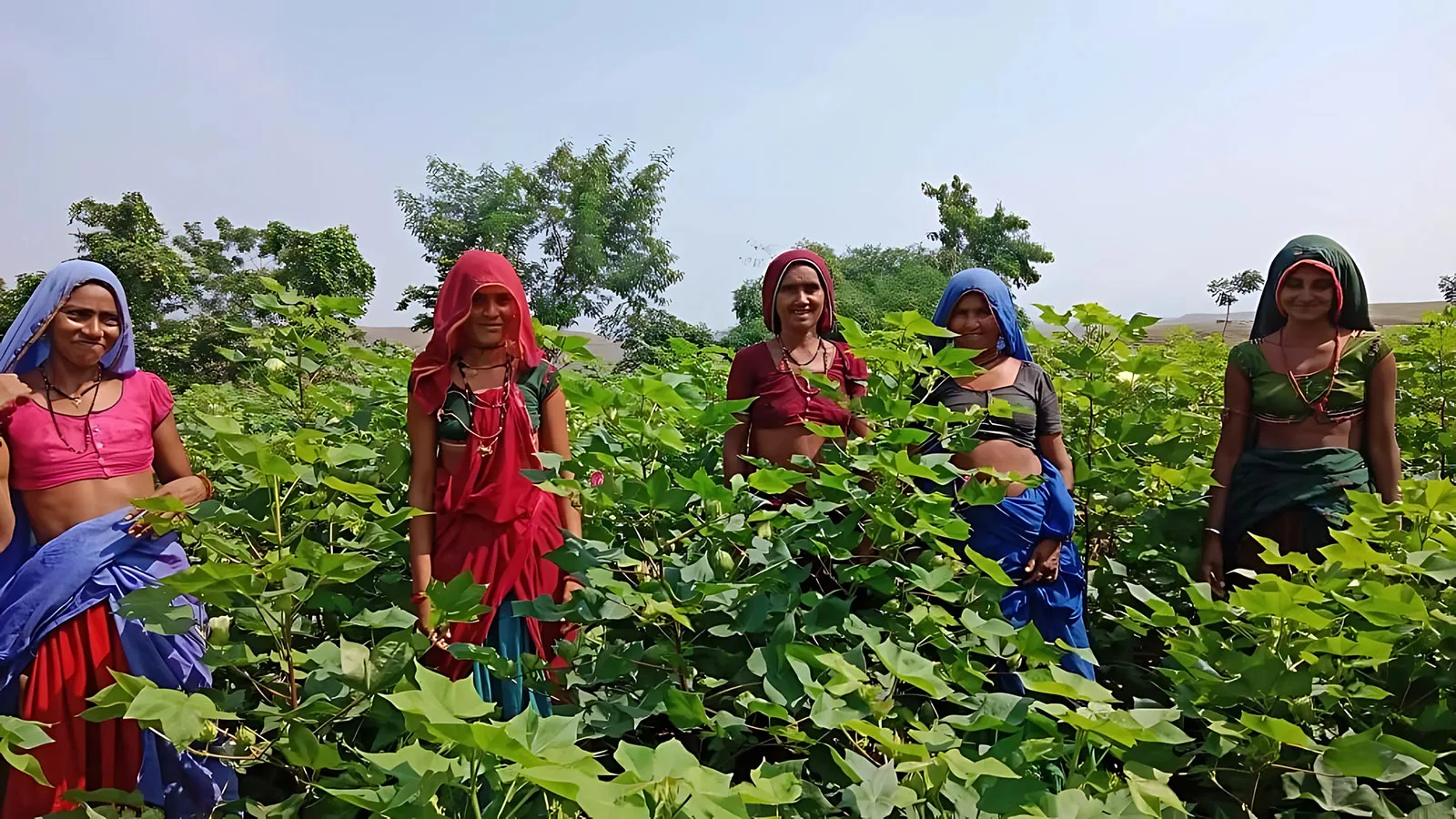This impact story is part of a series featuring companies that are members of OP2B/WBCSD. Through these stories, we aim to showcase our members’ commitment to driving the transition to regenerative agricultural practices, the impact on farmers and the role OP2B plays in supporting this transformation.
Inditex, the parent company of global brands like Zara, is advancing its sustainability agenda through a bold commitment to regenerative agriculture. In a recent discussion with Alejandro Pertusa Martinez, Ecosystems & Biodiversity Strategy Lead, and German Garcia Ibañez, Head of Sustainable Raw Materials & Circularity the team has shared insights about their strategy for boosting regenerative agriculture in the coming years. At this regard, Ashis Mondal, trustee of Action for Social Advancement (ASA) in India, has commented about their important partnership in India with Laudes Foundation, IDH The Sustainable Trade Initiative and WWF India and how collaboration is key to their success.
Inditex’s commitment to regenerative agriculture
As part of its sustainability strategy, Inditex aims to source 100% of its raw materials from more responsible and sustainable sources by 2030, with 25% of these coming from organic or regenerative farming practices.
With cotton making up over 40% of our raw materials, regenerative agriculture is central to our long-term vision for sustainability. We recognize that this approach can dramatically improve environmental outcomes while also supporting the livelihoods of farmers.
– García Ibañez

The company has set ambitious targets, including reducing Scope 1 and 2 greenhouse gas emissions by 90% by 2030, compared to 2018 levels. Additionally, Inditex is striving for a 30% reduction in Scope 3 emissions per garment, aligning with the Paris Agreement’s goals. “Our approach is grounded in measurable outcomes,” García Ibañez continued. “We focus on key indicators like soil health, carbon capture, and CO2 reduction, alongside water use and the economic well-being of farmers within our supply chain.”
By concentrating on these metrics and fostering cross-industry collaboration, Inditex is not only working to minimize its environmental footprint but also regenerating ecosystems and empowering communities.
This is about building a future where fashion plays a constructive role in society and the environment.
– Pertusa Martinez

Inditex’s collaboration approach, as it is the case of the partnership with OP2B, reflects a broader vision of corporate responsibility, where sustainability is viewed not as a series of isolated targets, but as a movement to reshape the industry. “This goes beyond merely achieving our sustainability goals,” Pertusa Martinez emphasized. “It is about redefining the fashion industry’s role, ensuring that it becomes a force for environmental stewardship and social equity.”
The India project: regenerative agriculture in action
A key component of Inditex’s sustainability efforts is the promotion of regenerative practices as exemplified by its ongoing participation in a project in India, conducted in partnership with Action for Social Advancement (ASA). The initiative, which spans approximately 300,000 hectares in Madhya Pradesh and Odisha, directly impacts over 75,000 smallholder farmers. The project emphasizes ecosystem restoration, with a focus on agroforestry and rainwater harvesting to mitigate land degradation and enhance community resilience.
The India project is a multi-stakeholder initiative designed to establish a regenerative farming approach that can be scaled across various contexts. It tackles critical challenges such as soil erosion, water conservation, and the shift to organic farming methods.
– Ashis Mondal

Improving water management has been a key success of the project, allowing farmers to diversify their crops and increase their income. Farmers who once relied on a single crop are now able to grow multiple crops annually, thanks to improved irrigation, which has led to increased incomes and reduced seasonal migration. “This diversification, combined with enhanced irrigation techniques, has led to significant economic benefits for farmers, many of whom have reduced their reliance on seasonal migration,” Mondal added. The formation of Farmer Producer Organizations (FPOs) has also empowered smallholders, giving them access to markets and financial services. “These FPOs strengthen farmers’ bargaining power, enabling them to secure better prices for their products,” Mondal explained.
The power of coalition
Inditex’s involvement in the One Planet Business for Biodiversity (OP2B) coalition underscores the growing recognition that industry-wide challenges require collaborative solutions.
Among the different lines of action to boost regenerative practices, OP2B provides an opportunity to work alongside other major players to tackle complex issues in the regenerative space that no single company can address in isolation.
– Alejandro Pertusa Martinez
A key initiative within this coalition is the Regenerative Fund for Nature, a joint effort between the Kering Group, Inditex, and Conservation International, having helped since joining to expand the number of projects and geographies reached. “We’ve committed 15 million euros to the fund, which is not only financing regenerative agriculture projects globally, but also hopefully setting new benchmarks for the industry to follow,” Pertusa Martinez noted. By supporting such initiatives, the fund aims to encourage other companies to adopt similar practices, thereby amplifying its impact.
However, Pertusa Martinez acknowledged that scaling these efforts presents its own set of challenges.“ Ensuring that regenerative practices translate into market realities demands coordinated efforts across entire supply chains,” he explained.” Regenerative agriculture, according to Pertusa Martinez, represents a vital approach to transforming how we produce food, feed, and fiber—delivering benefits for the climate, biodiversity, and communities.
Regenerative agriculture is a critical solution to transform the way we produce food, feed and fiber, benefiting the climate, nature and people. Over the next few years, the OP2B coalition will focus on unlocking three strategic levers to scale up regenerative agriculture: harmonizing measurement, fostering collaborations to support farmers’ transition and advocating for policies that create an enabling environment.
Outline
Related
Content

More than Milk: How Arla is Supporting a Regenerative Dairy Revolution
24 March, 2025

Closing the Gap: An analysis of the costs and incentives for regenerative agriculture in Europe
19 March, 2025

Sowing change: EU Policy Opportunities to Scale Regenerative Agriculture
18 February, 2025

